Daniel Lindskog
Arkeologibyrån, Sweden
The visual documentation of archaeological artefacts remains highly variable across museums, excavation archives, and research collections. Differences in lighting, camera positioning, and post-processing practices make it difficult to compare objects between institutions (Dorrell, 1989; Trotzig, 1999). While digitisation has improved accessibility, it has not necessarily improved consistency (FADGI, 2023).
PHOTARCH is a standardized workflow for photographing archaeological objects in a format that is comparable across time and space. More precisely, the PHOTARCH process offers a standardised workflow for producing high-resolution, 2D images of artefacts—with controlled lighting, calibrated colour, and a reproducible visual language. The method is designed to support comparative research, digital archiving, and reuse in both scholarly and public-facing contexts while remaining accessible and cost-effective.
Previous approaches
The photographic documentation of archaeological artefacts has long served both a scholarly and public function, including everything from excavation records and object catalogues to exhibitions and educational media. Yet, despite its ubiquity, the technical and methodological consistency of such images has varied greatly across institutions and time periods (Dorrell, 1989; Trotzig, 1999).
In the 1990s and early 2000s, several practical guides emerged, such as the MoLAS Site Manual (1994), the University of Reading’s Fieldwork Guide, and ICOM’s recommendations. These emphasised scale, clarity, and contextual framing, particularly for field photography. However, they offered limited guidance for controlled studio environments.
In conservation contexts, Peter Dorrell’s work provided one of the earliest efforts to formalise photographic protocols under laboratory conditions, highlighting the need for neutral backgrounds, calibrated lighting, and colour fidelity (Dorrell, 1989). More recently, institutions such as the Rijksmuseum have introduced detailed manuals for 2D imaging, prescribing fixed angles, colour targets, and controlled geometry (Rijksmuseum, 2016). Benchmark standards such as FADGI (2023) in the U.S. and Metamorfoze (2012) in the Netherlands have set measurable technical thresholds.
One of the few recent efforts to explicitly address the need for photographic standardisation is the SOAP protocol proposed by Devlin et al. (2022). As the authors note, “this method is not intended to replace high-end digitisation or museum-grade photography, but to provide a practical solution for consistent documentation in the field” (Devlin et al., 2022, 2). While valuable within its scope, the method does not aim to meet archival resolution standards or facilitate comparative research across institutions. PHOTARCH responds to similar concerns by offering the same field-based flexibility, while at the same time supporting museum-grade imaging optimised for long-term interoperability, visual fidelity, and AI-readiness.
Despite these advances, archaeological imaging workflows remain fragmented. Object photography within archaeology is often carried out ad hoc or delegated to non-specialists, with limited attention to long-term comparability or metadata integration. Existing standards tend to occupy one of two extremes: they are either highly technical—requiring equipment, expertise, and budgets beyond the reach of most institutions—or so minimal that they yield mediocre results. While these standards focus on preservation and reproduction quality, they often fail to address archaeological-specific needs such as repeatable angle documentation or stylistic comparability across sites.
Standardisation for a machine-readable future, today
As artificial intelligence (AI) becomes increasingly embedded in cultural heritage infrastructure, the need for visually coherent, machine-readable images is growing. From automated object recognition to multi-institutional queries, AI systems depend on input data that is both consistent and richly annotated (FADGI, 2023). Without standardisation—in both image production and metadata—the analytical potential of such systems remains limited.
PHOTARCH aims to bridge this gap by offering a method that is not only optimised for human interpretation but also designed for future integration into AI-assisted research and open-access platforms. In the future, PHOTARCH-compliant datasets could serve as training corps for machine learning models capable of clustering artefacts by type, style, or material, or even identifying undocumented connections between collections.
The Method: Concept and origin
The PHOTARCH method originated during the 2014 excavation of Sandby Borg in Öland, Sweden. With the site projected to be excavated over many seasons, the team faced a methodological challenge: how to document artefacts in a way that would remain visually consistent from year to year, despite changes in equipment, staff, or environmental conditions. Existing approaches offered no reliable solution, so a new method was devised. The result can be seen on the left side of Figure 26.
From the outset, PHOTARCH was grounded in three principles:
- A single light source for a natural effect
- The direction of that light source to create directionality
- A white background allowing for shadows
The method was later applied to the Sösdala horse-gear findings from southern Sweden, thereby allowing artefacts from a different time and context to be photographed using the same setup. This resulted in images that could be directly compared side by side, across sites and institutions, while maintaining a coherent visual language. See Figure 26.
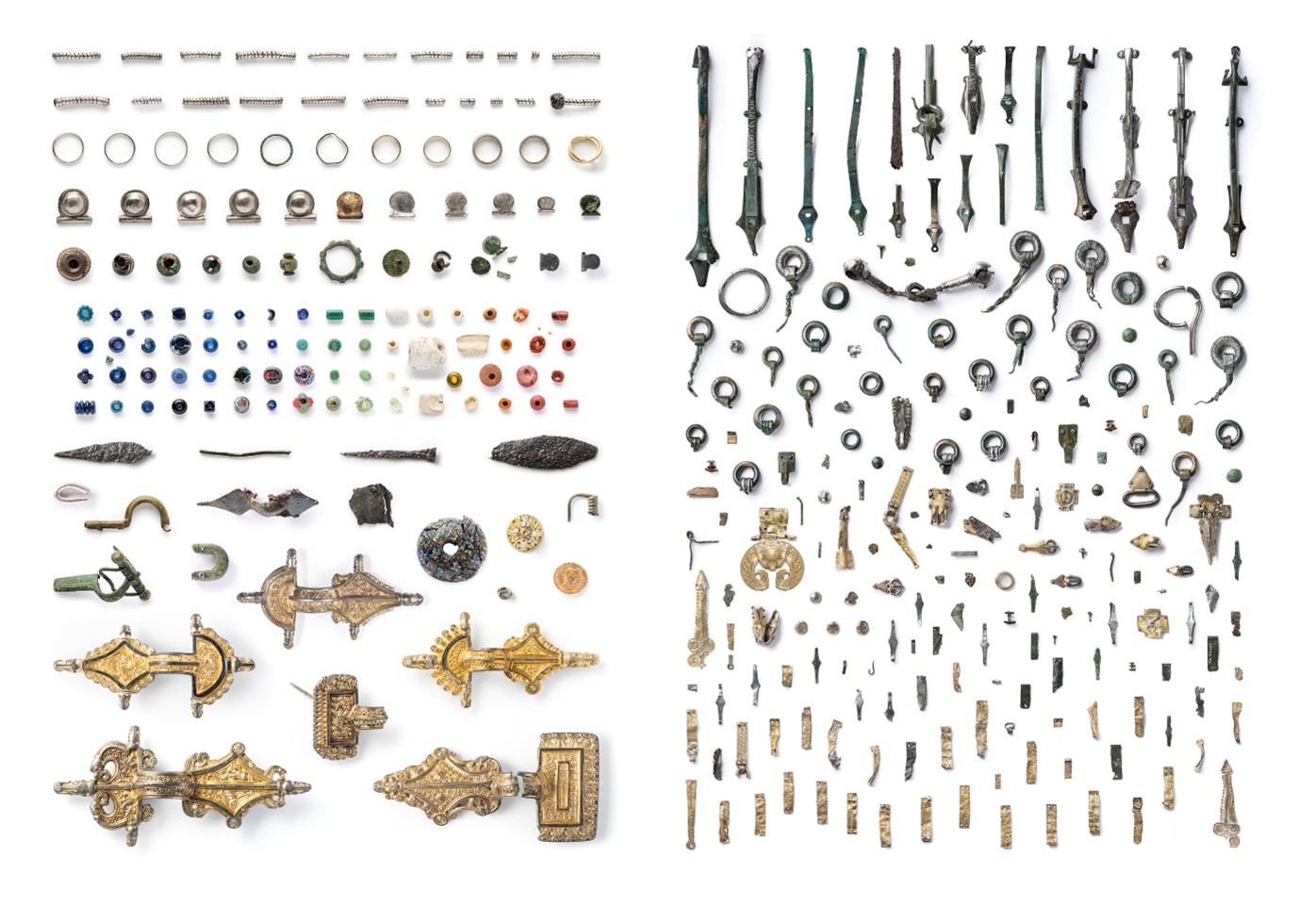
Figure 26. Sandby Borg (left) and Sösdala (right) placed next to each other. Photos by Daniel Lindskrog.
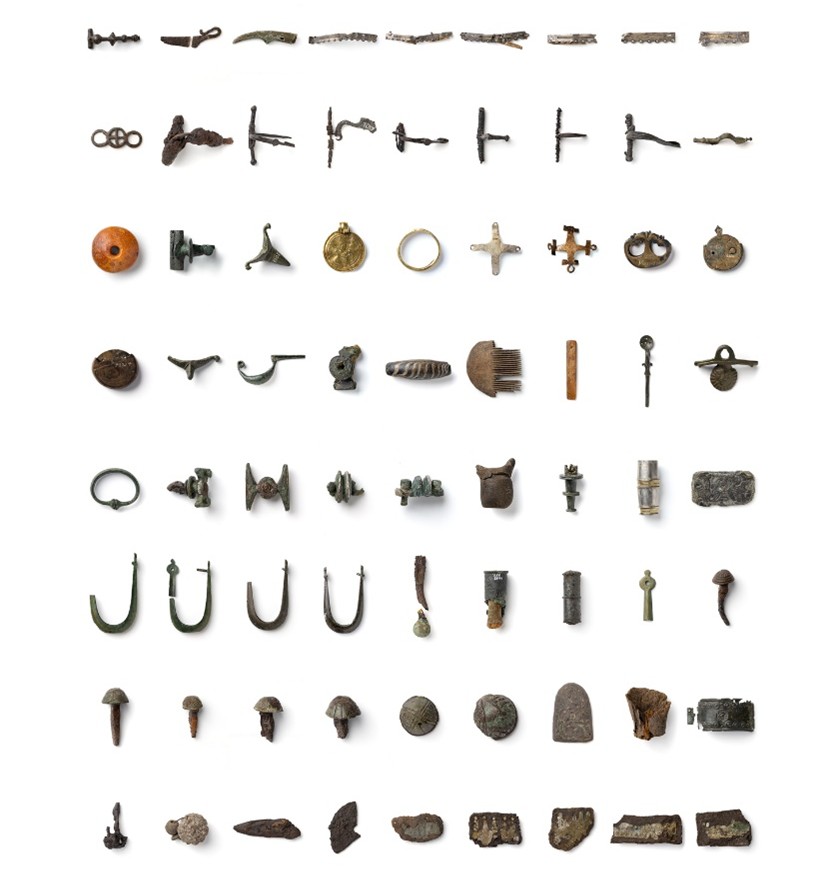
Figure 27. Artefacts from Moesgaard, Denmark. Photos by Daniel Lindskrog.
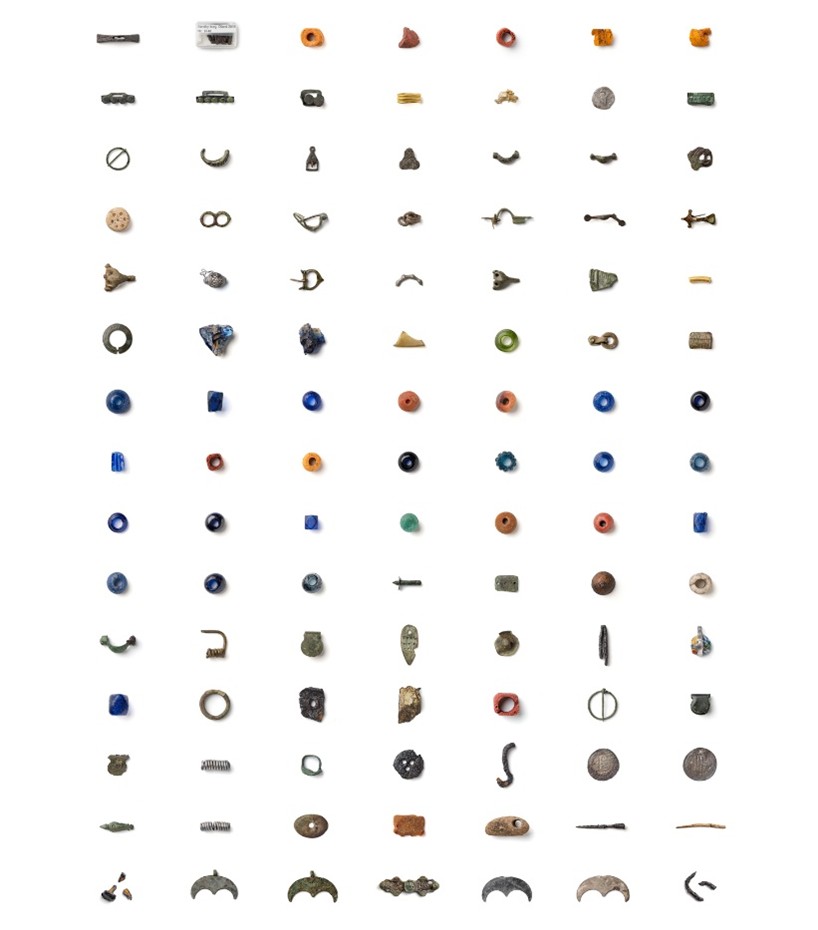
Figure 28. Artefacts from Kalmar County Museum, Sweden. Photos by Daniel Lindskrog.
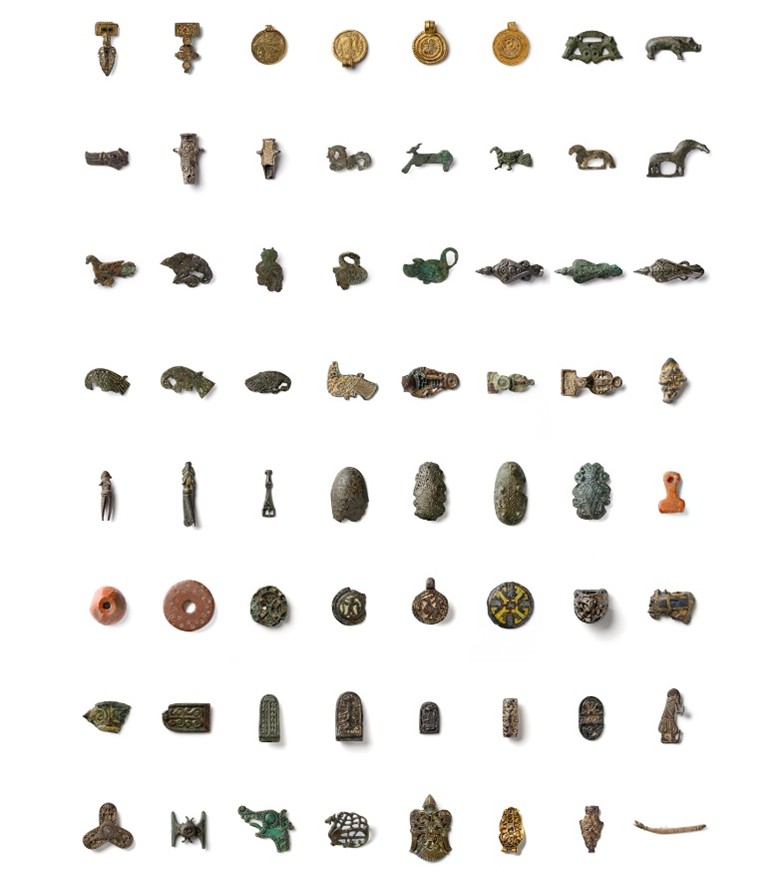
Figure 29. Artefacts from Lund University Historical Museum, Sweden. Photos by Daniel Lindskrog.
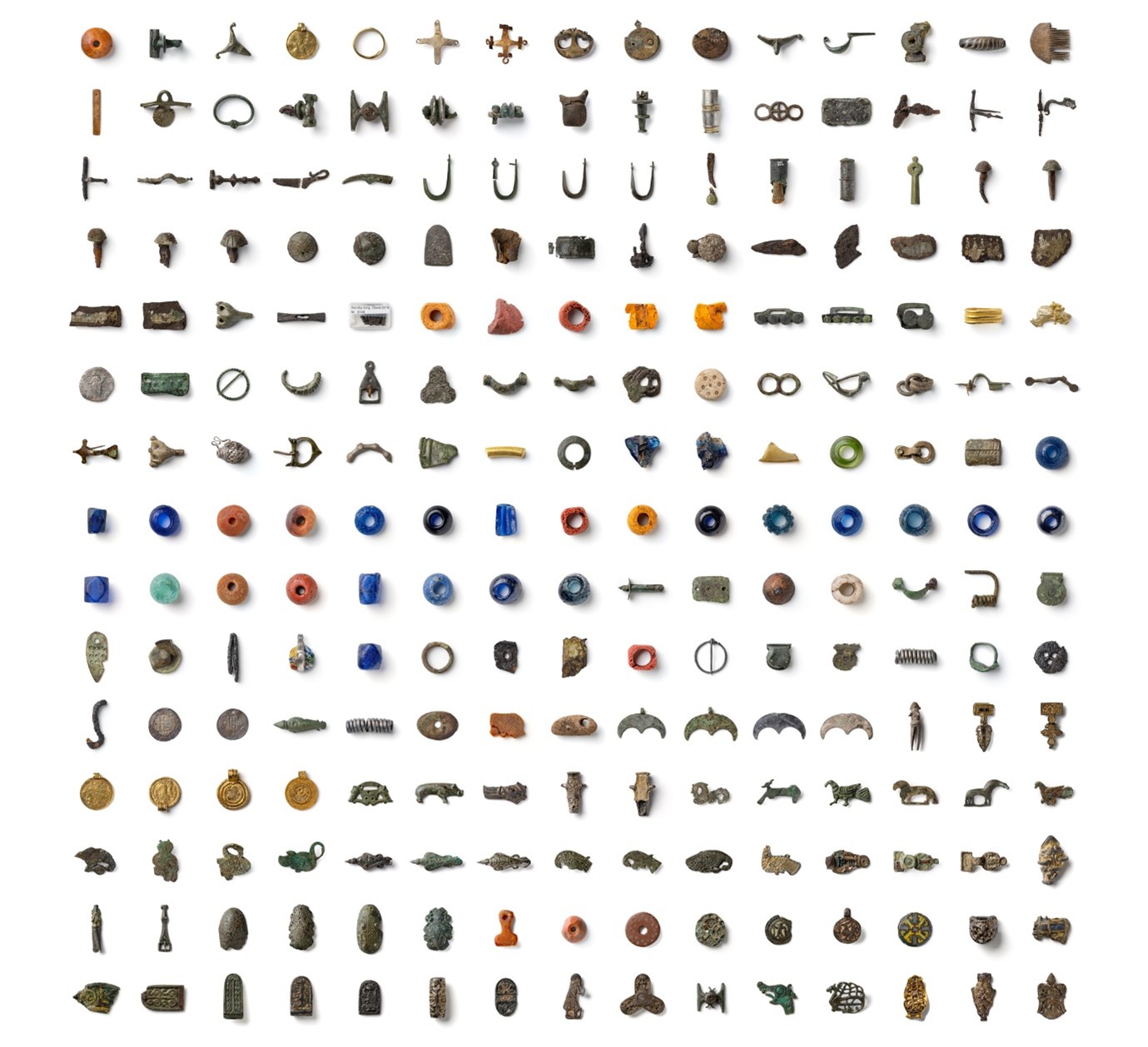
Figure 30. Combination of artefacts from the three previous museums. Photos by Daniel Lindskrog.
In 2022, the method was awarded the FujiFilm Challenge Grant (FUJIFILM Corporation, 2022), allowing it to be tested more rigorously. Over 200 artefacts were photographed at three institutions: Moesgaard Museum, Denmark (Figure 27), Kalmar County Museum, Sweden (Figure 28), and Lund University Historical Museum, Sweden (Figure 29). The aim was to determine whether PHOTARCH could scale across varied institutional conditions and still produce consistent, comparable output. The resulting image sets (Figure 30) demonstrated near-identical lighting, tonal range, and colour calibration, despite differences in photographing environments.
While many photographic standards prioritise flat, diffuse lighting and minimal shadows (which often result in technically precise but visually indistinct, unnatural-looking images), PHOTARCH deliberately preserves directional shadows. This enhances form readability and provides visual cues from real life, appreciated by both archaeologists and lay audiences. In this way, PHOTARCH bridges scientific utility with public accessibility.
Photographic setup
PHOTARCH is defined by a streamlined but rigorous photographic configuration designed to maximise comparability, clarity, and long-term utility.
Lighting: A single key light is positioned at a fixed 45° angle relative to the object plane set at camera left. This emulates natural sunlight—a directional, high-contrast source that enhances shape readability without overwhelming texture or colour. The light may be either continuous or strobe-based, as long as its output is stable and reproducible. The light is shaped by a soft box (or similar) to achieve medium to soft shadows. A white reflector is placed opposite the light to soften shadows on smaller objects. For larger artefacts, a secondary fill light may be used cautiously as to preserve shadow directionality. This lighting setup builds on principles found in conservation photography standards (ISO, 2023), but introduces deliberate shadows to retain legibility of form.
Camera and Lens: A high-resolution camera equipped with a macro lens—preferably full format mirrorless or medium-format—is mounted perpendicular to the object plane, typically in a top-down orientation. This geometry avoids perspective distortion and maintains visual coherence across images.
Settings: All exposures are captured in manual mode at aperture values set as high as possible without introducing diffraction, in order to maximise depth of field and maintain sharpness. See Figure 31. Images are saved in RAW format to preserve full tonal and colour information for post-processing and archival use.
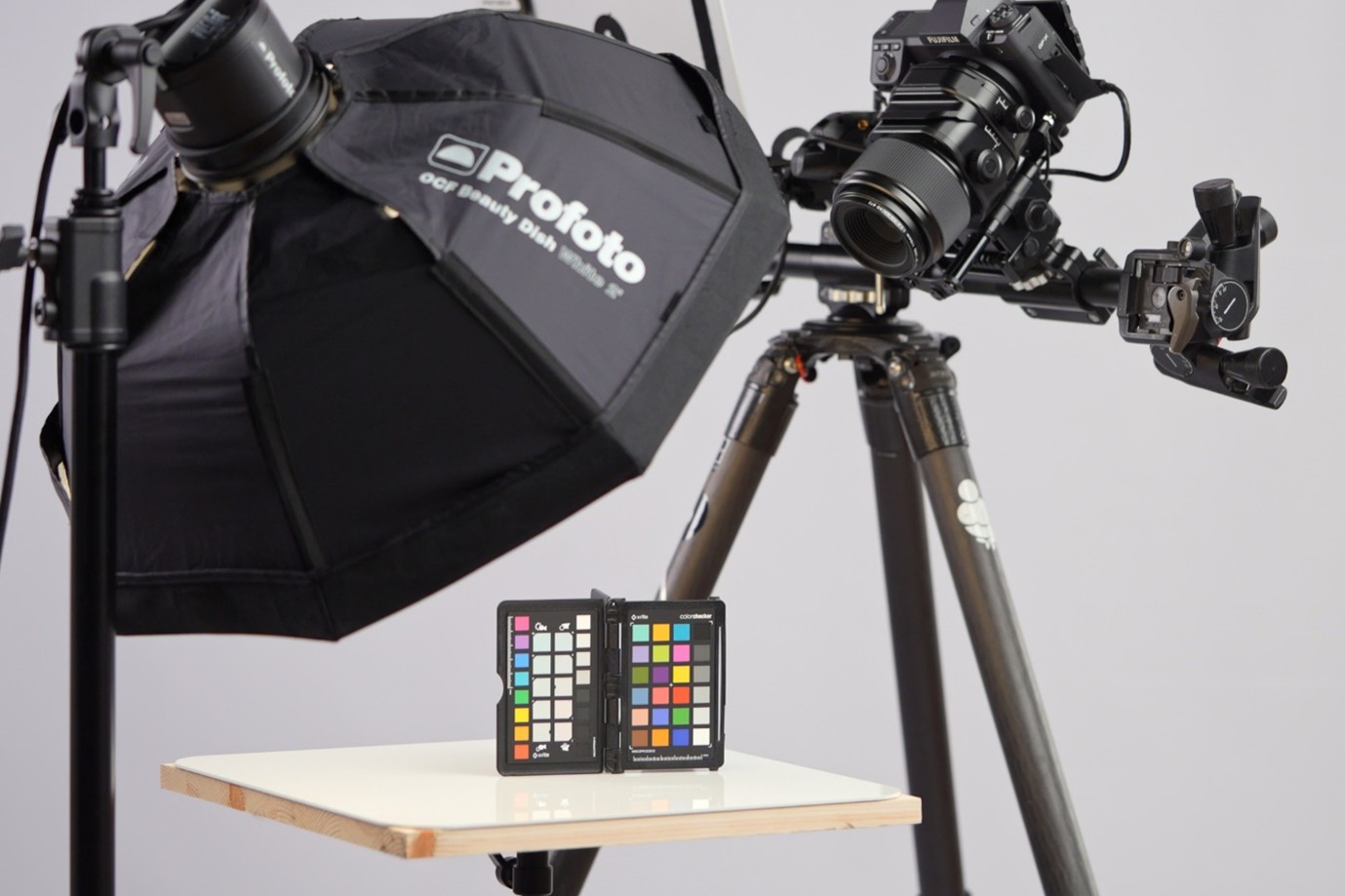
Figure 31. PHOTARCH setup.
Background: A uniform white background is used across all sessions. This is not only an aesthetic choice but a functional one. Shadows on a white background retain colour information; they reflect hues from the object itself, contributing valuable visual cues. A grey background, by contrast, neutralises these subtleties. Furthermore, white backgrounds align with the default presentation contexts in print and digital platforms; most academic journals and web-based databases are white by default. Using a white background eliminates the need for digital cutouts, allowing the shadow to remain intact and visually meaningful. Ultimately, what we seek to present as photographers—and what viewers need—is the artefact itself; everything else risks becoming interference. Still, the presence of the shadow is essential.
Colour Calibration: Each session includes a calibrated colour target, such as the ColorChecker Digital SG or Color Checker Passport. Custom ICC profiles are created using profiling software that supports industry-standard workflows. These profiles ensure chromatic accuracy and repeatability across lighting setups, camera systems, and institutions. This step is essential for maintaining visual comparability and for aligning PHOTARCH with preservation and access standards (X-Rite, 2022; FADGI, 2023).
This setup is deliberately minimal. See Figure 31. It prioritises repeatability, portability, and low barrier of entry, allowing the method to be implemented in museums, labs, or temporary field studios without specialised infrastructure.
Metadata and scale
Standardised metadata is a foundational component of any digitisation workflow. Well-established frameworks exist to guide in implementation, including international schemas such as Dublin Core, CIDOC-CRM, and LIDO. PHOTARCH images are designed to integrate seamlessly into such systems through the use of structured, machine-readable metadata. Technical fields such as object ID, site name, material, period, size, weight, and licensing are captured alongside photographic data, including camera settings, colour profiles, and processing parameters. This ensures long-term interoperability with both institutional archives and aggregators, such as Europeana .
One additional element that merits special emphasis is scale. Every image produced using the PHOTARCH method includes a reference for size. Although this is not always visible in the published version, this is always present in the RAW file and is embedded in the accompanying metadata. This approach preserves visual clarity while retaining measurable accuracy. In practical terms, it allows databases to offer flexible display modes: a user may choose to view multiple artefacts side by side at equal display size, or alternatively to compare them at scale in relation to one another. The scale, thus, becomes a toggleable feature: present when needed, but never visually intrusive in default viewing modes. By embedding scale in metadata rather than requiring it to be visually persistent, PHOTARCH supports both aesthetic presentation and scientific rigour, aligning visual usability with analytical potential.
Rethinking image value
In many institutions today, images of archaeological objects are created on demand, often commissioned for a specific publication or exhibition. This approach incurs costs, delays access, and limits reuse. Yet there is rarely any long-term benefit for the museum or collection once the image is delivered (Grosvenor, 2023).
A more effective model is to treat each object photograph as a long-term asset: made once, made well, and made accessible. When images are produced with clarity, consistency, and structured metadata, they can serve multiple purposes (from research and teaching to publication and public outreach) without the need for duplication or licensing negotiations. As the UK High Court reaffirmed in THJ vs. Sheridan (2023), faithful photographic reproductions of public domain works do not meet the threshold of creative authorship and are, therefore, not protected by copyright.
In this sense, photographic documentation becomes more than a technical task. It is a contribution to scholarly infrastructure and responsibility to the public. An image that is clear, accurate, and freely available is more than a reproduction: it is an extension of the artefact’s accessibility, and a foundation for comparative research and cultural engagement. By removing the photographer’s stylistic imprint, PHOTARCH also shifts visual authority away from the image creator and towards the object and its context. This supports a more democratic model of heritage communication: one that prioritises transparency, repeatability, and accessibility. Despite the long-term benefits, few institutions are incentivised to invest in repeatable imaging workflows. By demonstrating the broader scholarly and public value of standardised artefact photography, PHOTARCH aims to shift this mindset — turning image creation from a sunk cost into a strategic asset. To realise this potential, museums, researchers, and archives are encouraged to adopt, test, and refine the PHOTARCH method. By working together toward a shared visual standard, we can move beyond ad hoc documentation and build a future-proof photographic infrastructure: one where databases are visually driven and contribute to a more complete picture of our past.
Bibliography
-
Devlin, Z., Dawson, C. and McDonald, E., 2022. Standardised photographic documentation of archaeological objects: a SOAP proposal.
PLOS ONE, 17(4), p.e0267168.
https://doi.org/10.1371/journal.pone.0267168
-
Dorrell, P.G. (1989) Photography in Archaeology and Conservation. Cambridge: Cambridge University Press.
-
FADGI (2023) Technical Guidelines for Digitizing Cultural Heritage Materials, 3rd ed. Washington D.C.: Library of Congress.
Available at: https://www.digitizationguidelines.gov (Accessed: 12 June 2025).
-
FUJIFILM Corporation. (2022) GFX Challenge Grant Program 2022.
Available at: https://www.fujifilm-x.com/global/special/gfx-challenge-program/2022/# (Accessed: 25 June 2025).
-
Grosvenor, B. (2023) ‘Images fees and UK copyright law - a breakthrough’, Art History News.
Available at: https://www.arthistorynews.com/articles/7707_Images_fees_and_UK_copyright_law__a_breakthrough (Accessed: 12 June 2025).
-
High Court of Justice (2023) THJ v Sheridan [2023] EWCA Civ 1354. UK copyright ruling reaffirming lack of protection for non-creative reproductions.
-
ISO (2023) ISO/TC 42/JWG 26: Digitizing Cultural Heritage Materials – Best Practices. Geneva: International Organization for Standardization.
-
Metamorfoze (2012) Image Quality Guidelines. The Hague: National Library of the Netherlands.
Available at: https://www.metamorfoze.nl/en (Accessed: 12 June 2025).
-
MoLAS (1994) Archaeological Site Manual. London: Museum of London Archaeology Service.
-
Rijksmuseum (2016) Instruction Manual for Photographing 2D Objects. Amsterdam: Rijksmuseum.
Available at: https://copyright-cortex.org/tools-resources/instruction-manual-for-photographing-2d-objects (Accessed: 12 June 2025).
-
Trotzig, G. (1999) ‘Arkeologisk dokumentation i bild – från analog till digital’, Fornvännen, 94(4), pp. 245–260.
-
X-Rite (2022) ColorChecker Digital SG User Guide. Grand Rapids: X-Rite, Inc.
Go back to top